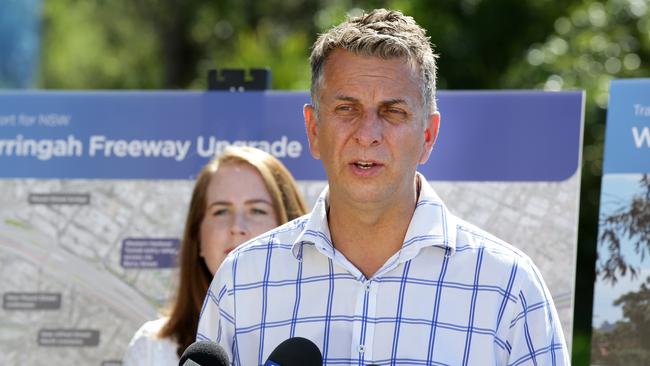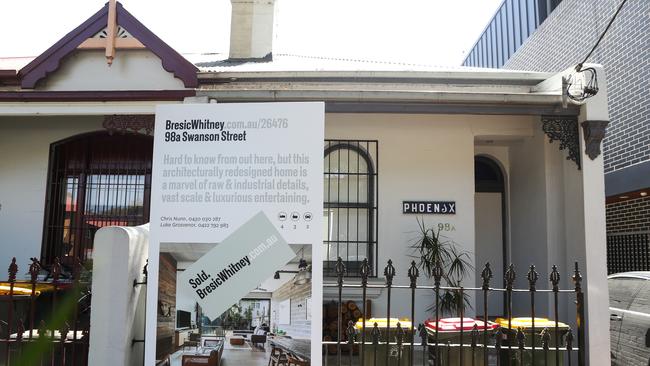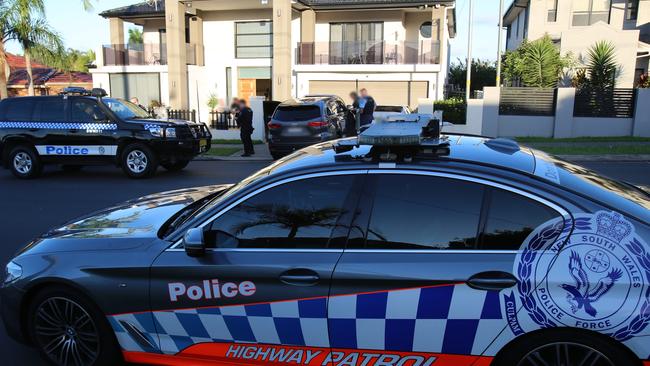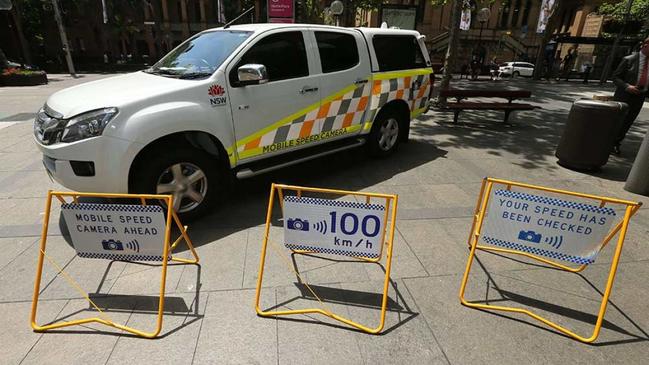Matthew Benns: No-one likes speed cameras except Andrew Constance
Hundreds of millions of dollars are being sucked from the pockets of NSW taxpayers by speed cameras, which now do not have warning signs before them, writes Matthew Benns.
NSW
Don't miss out on the headlines from NSW. Followed categories will be added to My News.
Let’s face it – no one likes speed cameras. Well almost no one. Step forward Transport Minister Andrew Constance and take your bow.
One of the most enjoyable shared communal moments I have ever had in the cinema came during the screening of Johnny English.
The bumbling spy is captured by the flash of a speed camera and fires a rocket from the rear of his Aston Martin to blow it up.
Everyone in the cinema cheered.
I don’t think Mr Constance was at the same screening I was.

In November the NSW Government removed warning signs from mobile speed cameras.
As The Daily Telegraph reveals exclusively today, this has had a dramatic impact on the wallets of unsuspecting drivers and the state coffers. In the last month the mobile speed cameras snapped 15 times as many drivers as the year before.
Almost 28,000 fines were issued, raking in more than $6 million. That is more in the shortest month of the year than the mobile cameras raised the entire previous year.
No wonder these cameras are called “the bounty hunters”. That is a whopping pot of cash being dragged from the pockets of NSW motorists.
As an appalled Labor roads spokesman John Graham said: “This is a revenue record … we have never collected this much money from NSW drivers.”

But unfortunately that record is set to be broken. The latest financial estimates from Labor, based on these new speed camera figures, is that the revenue from mobile cameras will go from just under $6 million to …
(At this point it is necessary to issue a safety warning of our own, if you are standing please sit down and if you are holding a hot drink, please rest it on the table)
… a mind blowing $220 million a year, once they carry out plans late in thr year to triple the number of hours mobile speed cameras are deployed.
That is accelerating faster than Rowan Atkinson’s Aston Martin and is an even better investment than the currently bonkers Sydney housing market.
But Mr Constance insists he did not take the signs down to make money, he did it to keep us safe.

“I was advised by the Centre for Road Safety, through independent modelling from Monash University, that as the only Australian state still using signs, taking action would result in up to 43 lives being saved,” he said.
That is a compelling argument.
“If I hadn’t taken action Labor would have condemned me for not trying to save lives and rightly so,” he said.
Let’s be clear. Mr Constance is a good Minister doing a good job.
Except on this issue.
The gold standard for states without signs on their mobile speed cameras are Queensland and Victoria. Apart from the fact that they are nowhere near a gold standard.
Victoria has struggled to keep its road toll down and in 2019 things got so bad they had to hold an emergency road safety summit.
In Queensland, during the pandemic last year when everyone was locked down and no one was on the roads, the road toll spiked up from 219 to 278 deaths.

In actual fact the trend in fatalities in NSW is going down – even while we had warning signs on mobile speed cameras. The biggest drop came in 2014 when we increased spending on NSW Police to patrol the roads.
Now I must confess to being a bit of a motoring enthusiast. Nothing gets my motor running quite like the throaty burble of a V8 as it propels a Mustang swiftly up to the speed limit.
Apparently even people who drive electric cars enjoy rapid acceleration, although personally if I want to move swiftly and silently in a box powered by an electric motor I would rather go to Barangaroo and get in a lift.
That aside, the presence of a Highway Patrol car will make me glance down to check my speedometer more quickly than the vague threat that there might be a mobile speed camera hidden somewhere on my route.
This was borne out by a survey conducted by the NRMA in December which found that eight out of 10 people believed an on-the-spot penalty notice or warning from a police officer was the most effective way to improve bad driver behaviour.

Interestingly just one in 10 thought speed cameras did the same thing.
The motorists surveyed also found that seeing marked highway patrols on the road had a significant impact on their behaviour. Six out of 10 said it made them more conscious of the speed limit and around half said it made them more careful and aware of the road rules. All of those things must also make them safer.
Getting a letter in the post six weeks after you have been pinged by a hidden camera you had no idea about, losing points off your licence and being hit with a fine, is no deterrent at all. It’s just really annoying.
So the best thing, if the NSW Government is really interested in safety, is to invest in police resources.
The next best thing would be to put a warning sign on mobile speed cameras, because as the research clearly shows, the fear of getting caught improves behaviour and concentration.
What is not working is having mobile speed cameras with no warning signs – unless what you really want to do is raise money out of unsuspecting motorists.



